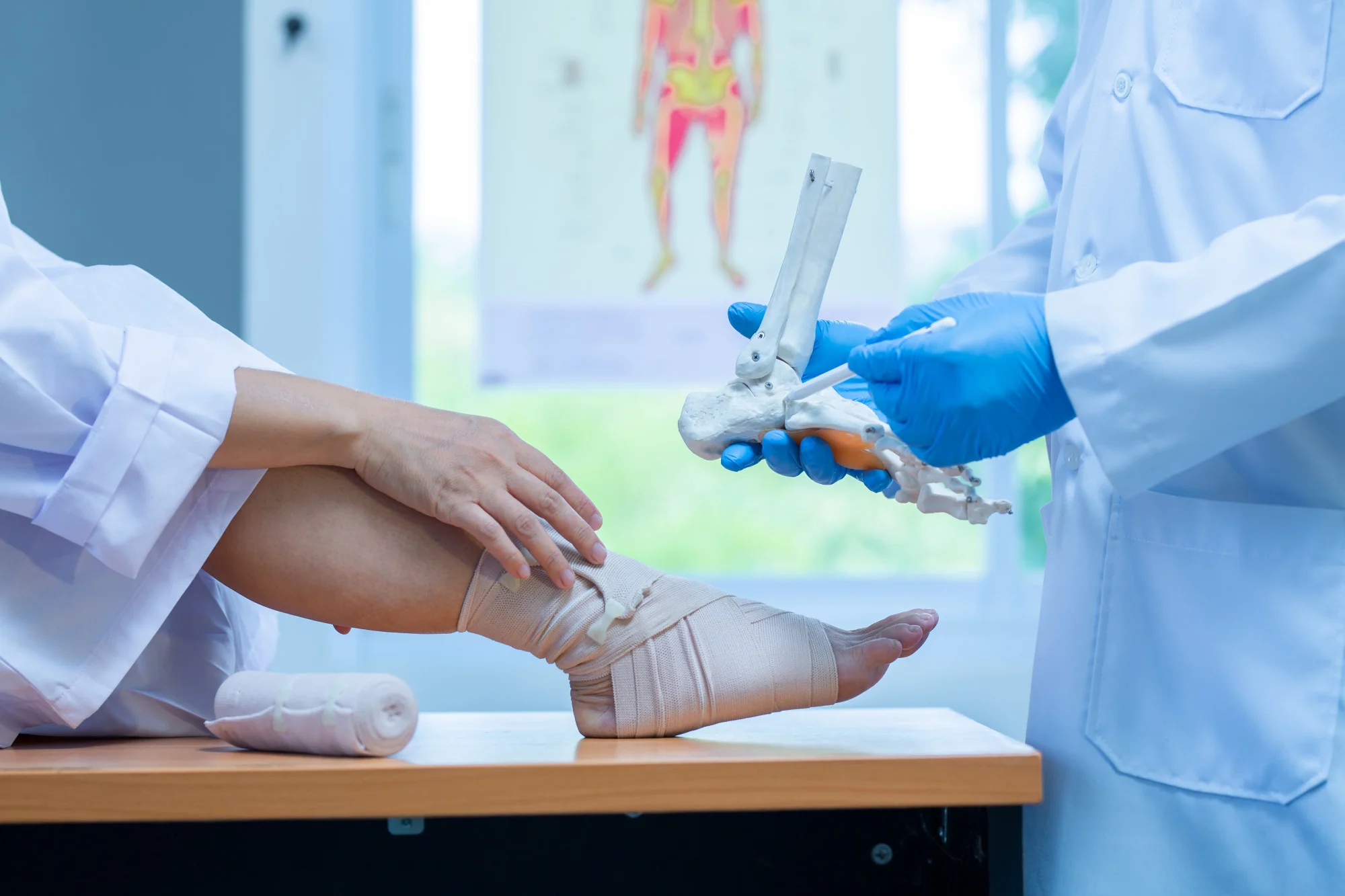Introduction
Anterior Cruciate Ligament (ACL) reconstruction is a common orthopedic procedure aimed at restoring knee stability and function in patients with ACL injuries. A critical aspect of this surgery is the positioning of the bone tunnels for graft placement. The Journal of Clinical Orthopaedics and Trauma recently published a ground-breaking study (DOI: 10.1016/j.jcot.2018.10.003) which offers significant insights into the optimal tunnel positions in single-bundle ACL reconstruction among the Indian population and its correlation to clinical outcomes.
Methods
The study, led by Anindya A. Debnath and colleagues from the Department of Orthopaedollege and Hospitals, Kolkata, West Bengal, India, involved 147 young patients who underwent ACL reconstruction due to an isolated ACL tear. The patients were prospectively followed over a two-year period. The International Knee Documentation Committee (IKDC) evaluation form was used for clinical assessment both before surgery and two years post-operatively, while radiological assessment was based on standard digital radiographs.
Results
The average position of the femoral tunnel was at 84.8% along the Blumensaat’s line, from the anterior to the posterior-most point considered as 0% and 100%, respectively. Tibial tunnel position averaged at 46.8% on the tibial plateau, and 45.6% along the coronal plane. The femoral tunnel on the coronal plane was on average at 43.2% of the distal femur breadth. The study suggested that the ideal clinical outcome was significantly correlated with the placement of the femoral tunnel along the sagittal plane and should not be beyond the 85% mark on the Blumensaat’s line. No significant correlation was found between other radiological parameters and clinical results.
Discussion
The meticulous research provided conclusive data that proper positioning of osseous tunnels is critical for optimized clinical outcomes post-arthroscopic single-bundle ACL reconstruction. The study supports a growing body of evidence underscoring the importance of precision in tunnel creation to achieve replicably good clinical outcomes. The findings complement the body of work by prominent researchers like Chhabra et al. (2004), Khalfayan et al. (1996), and Amendola et al. (2003), who have similarly explored the relationship between tunnel placement and clinical success in ACL reconstruction.
Conclusion
This study is significant for orthopedic surgeons specializing in knee surgery, particularly those performing ACL reconstruction within the Indian population. The radiological assessment’s correlation with clinical outcomes provides a blueprint for optimal tunnel positioning, crucial for successful ACL reconstruction and patient satisfaction.
References
1. Debnath, A.A., Raman, R.R., Banka, P.K., Kumar, S., Debnath, H. (2019). Radiological evaluation of tunnel position in single bundle anterior cruciate ligament reconstruction in the Indian population and their clinical correlation. Journal of Clinical Orthopaedics and Trauma, 10(3), 586-592. doi: 10.1016/j.jcot.2018.10.003
2. Chhabra, A., Diduch, D.R., Blessey, P.B., Miller, M.D. (2004). Recreating an acceptable angle of the tibial tunnel in the coronal plane in anterior cruciate ligament reconstruction using external landmarks. Arthroscopy, 20(3), 328–330. PMID: 15007325
3. Khalfayan, E.E., Sharkey, P.F., Alexander, A.H., Bruckner, J.D., Bynum, E.B. (1996). The relationship between tunnel placement and clinical results after anterior cruciate ligament reconstruction. American Journal of Sports Medicine, 24(3), 335–341. PMID: 8734885
4. Amendola, A., Menon, M., Clatworthy, M., Fowler, P.J. (2003). The effect of fixation technique on graft position in anterior cruciate ligament reconstruction. Iowa Orthopaedic Journal, 23, 29. PMC1888394
5. Trojani, C., Sbihi, A., Djian, P. (2011). Causes for failure of ACL reconstruction and influence of meniscectomies after revision. Knee Surgery, Sports Traumatology, Arthroscopy, 19(2), 196–201. PMID: 20644911
Keywords
1. ACL Reconstruction
2. Tunnel Positioning
3. Clinical Outcomes
4. Orthopedic Surgery
5. Indian Population
